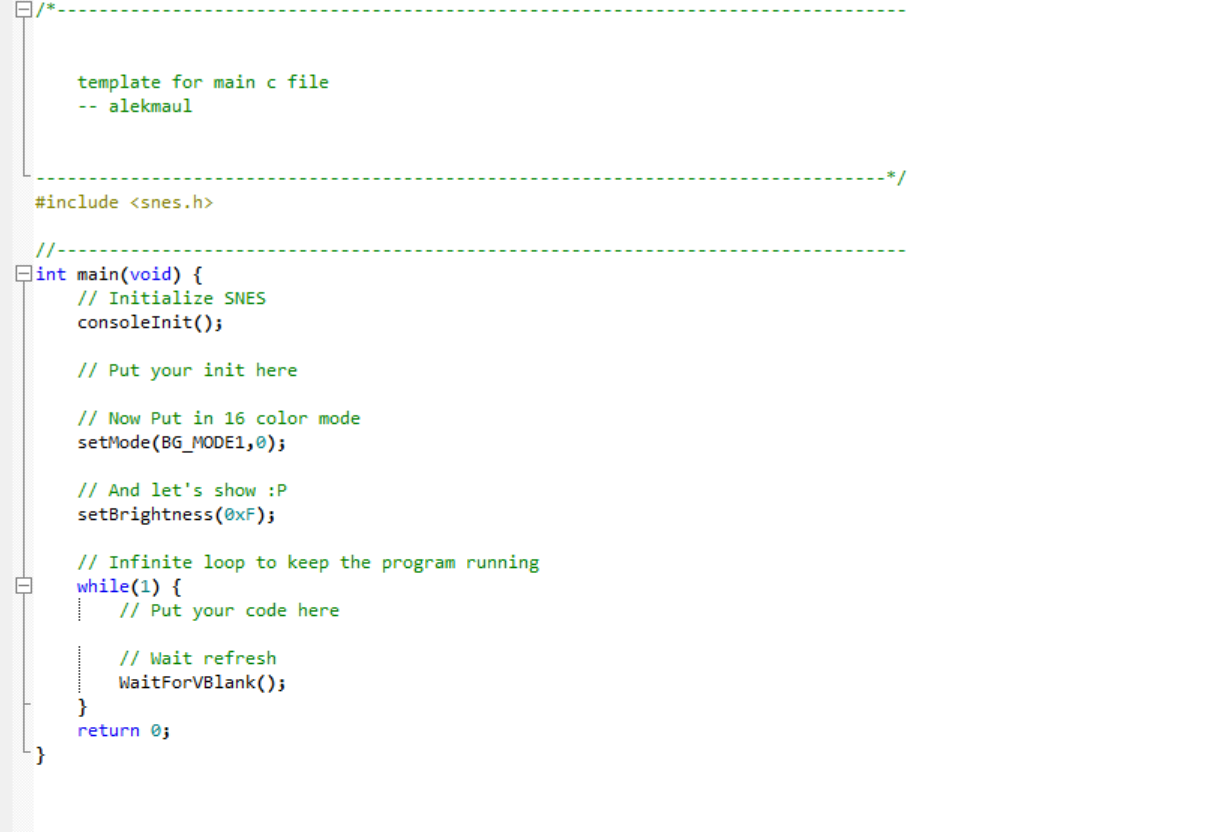Hi, yes, this is possible to use this ROM on a SNES classic, or any other SNES emulator!
Regarding SNES development, the "easiest" way is to make it in C. You won't have as much power/control as programming in pure assembly, but it is still possible to make fun games (both Yo-Yo Shuriken and Keeping SNES alive were programmed 100% in C). I recommend you to use PVSNESlib, that is a framework that gather everything to get you started: C compiler, tools to convert images and sound in SNES formats, etc. The SNES is a quite complex beast (for a 16 bit console), with several display mode, some oddities in how sprites are handled, etc. You can start making a simple game by tweaking stuff, but eventually you'll have to read some technical doc about how the console works :).
Anyway, to get you started, here is a link to download and install PVSNESlib: https://github.com/alekmaul/pvsneslib
I recommend you to read the wiki first on how to set the whole thing up: https://github.com/alekmaul/pvsneslib/wiki If you're already familiar with makefile and c compilers like gcc, this should be quite straightforward.
Then you can read the examples in the lib, or you can read the source code of my game Keeping SNES alive to see how to make a simple game. My game is simple but it does cover all the basics: two layers of BG in mode 1, 16x16 and 32x32 sprites, music and sound effects, VRAM transfer constraints, input, etc. I did a lot of comments in the code to explain what each line does.
Although making a SNES game in C is still quite a challenge (compared to C development on NES or Genesis for example), this is a way easier route than going straight to assembler IMHO.
Regarding docs, besides PVSNESlib wiki, I'll recommend:
-The NoCash SNES specs (technical, but thorough) https://problemkaputt.de/fullsnes.htm
-The SNESdev section of the NESdev forum: https://forums.nesdev.com/viewforum.php?f=12 The community is very helpful and skilled. They saved my life more than once when I was making my first SNES game :)
And feel free to ask me if you need any help!
I'm looking forward your fist SNES game! :)


